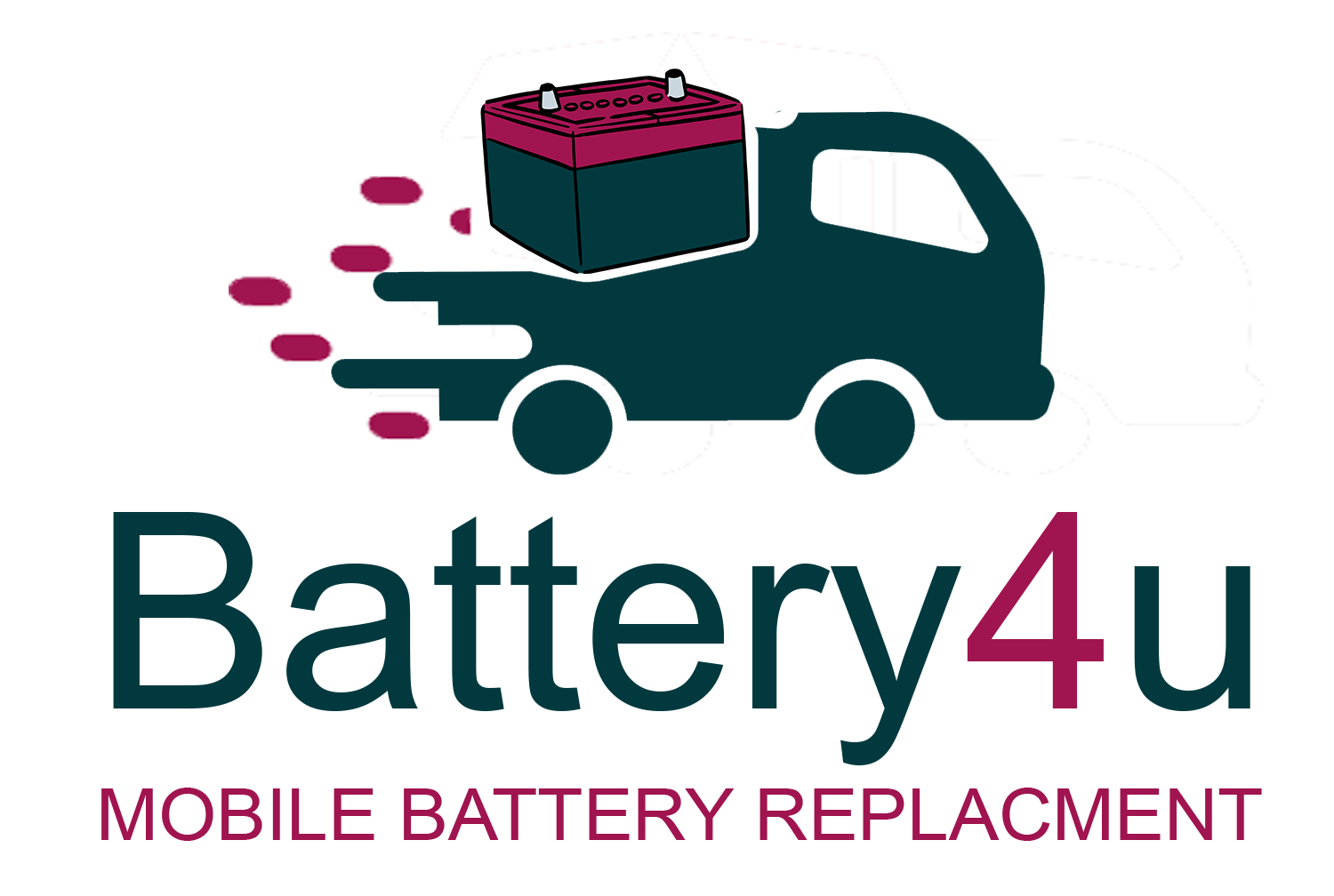Car batteries come in various types, each designed to meet specific performance needs and vehicle requirements. The three most common types are standard calcium-filled batteries, Enhanced Flooded Batteries (EFB), and Absorbent Glass Mat (AGM) batteries. Understanding the differences between these battery types is essential for selecting the right one for your vehicle, especially as modern cars increasingly rely on advanced electrical systems and fuel-saving technologies.
1. Calcium-Filled Batteries
Overview:
Calcium-filled batteries, often referred to as lead-calcium batteries, are a type of lead-acid battery that uses calcium in the lead plates to reduce water loss and improve the overall lifespan compared to traditional lead-acid batteries. They are sealed, maintenance-free, and offer good performance for standard vehicle applications.
Characteristics:
- Lower Maintenance: These batteries are maintenance-free, thanks to the reduced water loss from the inclusion of calcium in the grid alloy.
- Moderate Performance: Suitable for vehicles with basic electrical needs and standard starting requirements.
- Lifespan and Durability: While more durable than traditional lead-acid batteries, they are not as robust as EFB or AGM batteries.
- Cost: They are generally the most affordable option among the three types.
Applications:
Calcium-filled batteries are ideal for conventional cars without start-stop systems or high electrical demands. They are best suited for older vehicles or those with basic electronics.
2. Enhanced Flooded Batteries (EFB)
Overview:
Enhanced Flooded Batteries (EFB) are an upgraded version of traditional flooded batteries. They are designed to support modern start-stop systems by providing more robust cyclic durability and higher charge acceptance.
Characteristics:
- Enhanced Performance: EFBs are built to endure frequent charging and discharging cycles, which is typical in start-stop systems where the engine is frequently turned off and on to save fuel.
- Improved Durability: They have a longer lifespan than standard calcium-filled batteries and can handle deeper discharges.
- Higher Charge Acceptance: EFBs can recharge faster and deliver a higher burst of power, which is critical for start-stop vehicles.
Applications:
EFBs are recommended for vehicles equipped with start-stop systems that do not require the higher performance levels of AGM batteries. They are commonly found in mid-range vehicles where enhanced cycling capability is necessary, but the demands are not as severe as those requiring an AGM battery. They are also a beter option for Cars that are not driven often or only drives short distances at a time because of the faster charge time.
3. Absorbent Glass Mat (AGM) Batteries
Overview:
AGM batteries represent the top tier of lead-acid battery technology, using absorbent glass mat separators that hold the electrolyte in place, allowing for high performance, reliability, and safety. They are fully sealed, spill-proof, and can be mounted in various positions.
Characteristics:
- High Performance and Reliability: AGM batteries offer superior power, rapid charging, and a high discharge rate, making them ideal for vehicles with high electrical demands and start-stop systems.
- Deep Cycle Capability: AGMs can handle deep discharges and frequent cycling better than EFBs, making them suitable for vehicles with regenerative braking systems and other energy recovery technologies.
- Longer Lifespan: AGMs have a longer service life and are more resistant to vibration and impact, making them suitable for performance vehicles and those operating in harsh conditions.
- Higher Cost: While AGM batteries are more expensive, their enhanced performance justifies the price for vehicles that require them.
Applications:
AGM batteries are necessary for vehicles with advanced start-stop systems, regenerative braking, and numerous electronic accessories that place a high demand on the battery. Luxury, performance, and hybrid vehicles typically require AGMs due to their high power output and reliability.
Why Certain Cars Need EFB or AGM Batteries
Modern vehicles equipped with start-stop technology, regenerative braking, and a host of electronic systems demand batteries that can handle frequent power cycling, rapid charging, and high energy output. Standard calcium-filled batteries are not designed to meet these requirements and can degrade quickly under such conditions.
- Start-Stop Systems: These systems automatically shut off the engine at stops and restart it when needed, which significantly reduces fuel consumption and emissions. EFBs and AGMs are designed to endure the frequent start-stop cycles and provide consistent power.
- High Electrical Demand: Advanced vehicle systems such as navigation, entertainment, safety features, and climate control require a stable and robust power supply. AGMs, with their high charge acceptance and deep cycle capabilities, are ideal for such needs.
- Fuel Efficiency Technologies: Vehicles using regenerative braking and other fuel efficiency technologies require batteries that can accept and store energy quickly, a key feature of AGM batteries.
- Cars that are not driven often or only short distances: The faster charge capacity of EFB batteries makes them more robust to handle the discharge of vehicles not driven regularly or only driven for short distances
In summary, understanding the differences between calcium, EFB, and AGM batteries is crucial for selecting the correct battery for your vehicle. While standard calcium-filled batteries are suitable for conventional vehicles, EFBs and AGMs are essential for modern cars with advanced electrical and fuel-saving systems. Choosing the right battery type ensures optimal performance, reliability, and longevity of your vehicle’s electrical system.

